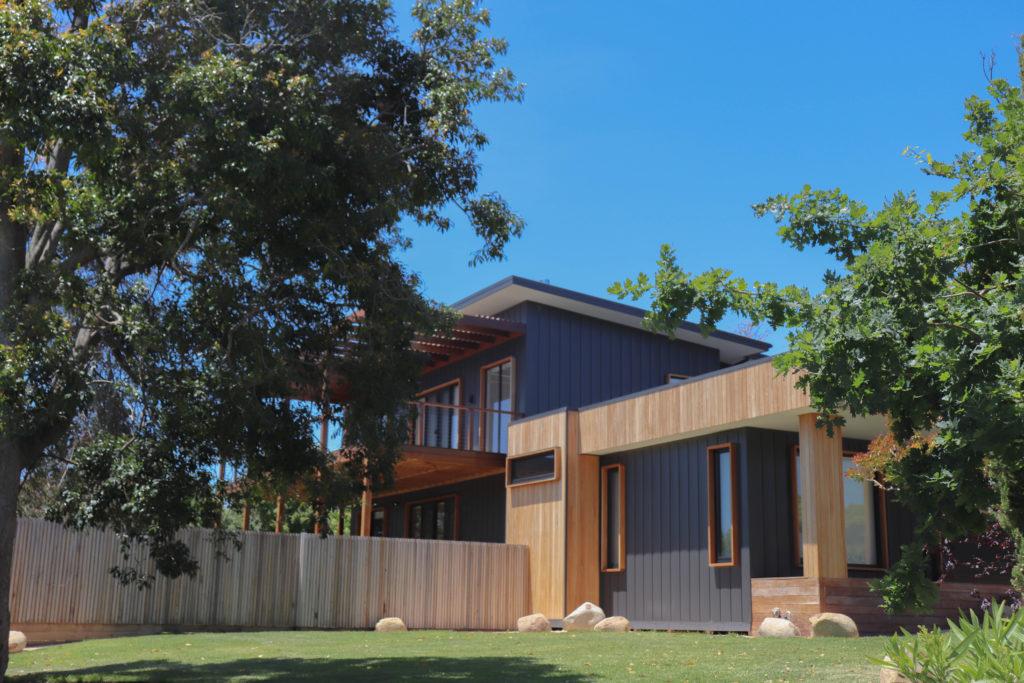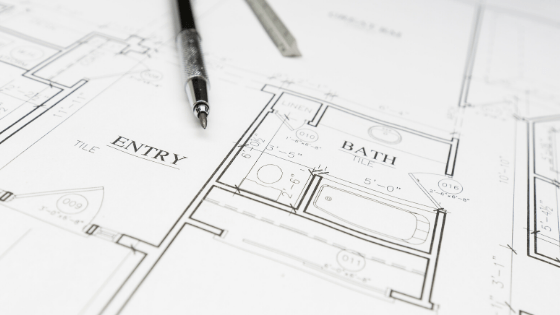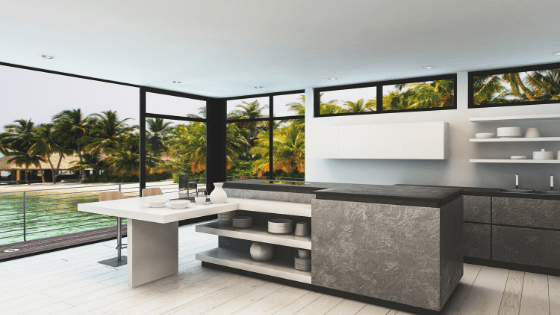The Homebuilder Scheme is the Government’s latest initiative to combat the slowdown in the building industry as a result of Covid-19, while at same time addressing issues of housing affordability and tight housing supply in various regions across Australia.
The statistics point to a 35% drop in new home build forecast – from 171,000 that was expected pre-Covid-19, adjusted down to 111,000. The scheme aims to increase new builds by 30,000 by the end of 2020.
Apart from new builds, the scheme is also extended to renovations on existing properties.

How does this scheme work?
The latest Homebuilder scheme is essentially a $25,000 cash grant to owner occupiers to build a new property or ‘substantially renovate’ an existing property.
The assistance is intended to increase demand from home owners engaging builders in eligible projects.
Payment of the scheme will be administered by the relevant state government authorities, and like the First Home Owners Grant, banks can apply for the Homebuilder grant on behalf of a borrower.
What are the eligibility requirements of the cash grant?
To be eligible for the Homebuilder scheme, there is a cap on taxable income of $125K for single applicants or $200K for couples.
Owner-builders are specifically excluded given the requirement that parties in the building contract must be at arm’s length.
The works must also not be to build a new home (or renovate an existing home) as an investment property, which in effect, excludes opportunistic investors trying to profit from the scheme.
Eligible works include:
- Building a new home as a principal place of residence, where the property value does not exceed $750K
- Substantially renovating an existing home as a principal place of residence, where the contract is $150K-$750K and where the value of existing property does not exceed $1.5M.
Construction must commence within three months of contract date.
What are some examples of eligible projects covered by the scheme?
- House and land packages
- Off the plan apartments
- Substantially renovating your home
- Knocking down and rebuilding your existing home
- Building a new home on a vacant block

For renovation projects, works must be to improve accessibility, safety and liveability. They cannot be for additions such as swimming pools, tennis courts, outdoor spas, saunas, sheds or garages (unconnected to the property).
When does the scheme take effect?
The scheme will apply for work contracts signed between 4 June and 31 Dec 2020.
As mentioned, construction must commence within 3 months of contract date. There seems to be no requirement when the construction has to be completed by.
States and Territories are currently working with the Commonwealth on a National Partnership Agreement. When they begin accepting applications, they will backdate acceptance of applications to 4 June 2020.
How does the Homebuilder scheme interact with FHOG / FHLDS?
The Homebuilder scheme can be used alongside:
- First Home Owner Grant, stamp duty concessions under the state; and
- First Home Loan Deposit Scheme and First Home Super Saver Scheme (read our latest blog post on the FHLDS).
If you’re a first home buyer trying to get into property, provided you meet the eligibility requirements, the Homebuilder scheme is additional support you can access.
There are a few case studies in the government fact sheet which discusses various first home owner scenarios.

What you can do with the cash grant under the Homebuilder scheme?
While the thresholds for eligible renovations (>$150K) are high, as they are meant to target substantial renovations such as house extension, there is a broad range of types of works covered for new construction.
A house and land package under $750K, or an off the plan apartment are new constructions covered under the scheme.
For residents in capital cities in NSW or VIC, the $750K is a fair entry point for first home buyers on the look out for house and land package or a modest off the plan apartment.
Unlike the FHLDS which grades capital cities and regional areas according to property values, the Homebuilder scheme threshold is uniform across the board.
Thus, the outcomes achievable for non-capital city dwellers and in other states would likely be better quality. A $750K house and land package in Tasmania is likely a more premium build than one in Sydney metro.
For renovation projects, the scheme is also expected to lead to home owners kick starting works (e.g, substantially renovate their house or knock down and rebuild) which may have been put off previously.
There could also be an increase in the construction of granny flat extensions, as they are not expressly excluded from the types of additions like a swimming pool is.

Kate Farrelly from the AFR has come up with “The six most effective ways to spend the $25,000 HomeBuilder grant” all of which are value-adding ideas for the home.
- Engage an architect / engineer
- Knock down walls for open plan living
- Build another bathroom
- Work magic in the kitchen
- Upgrade your fixtures and finishes
- Joy of better joinery
An architect or designer is well qualified to help scope the work according to the quality outcomes expected, type of materials to be used etc.
Builders who can source tradies for multiple renovation projects up to and beyond the value of $150K will come very useful, where only 1-2 of these projects may not meet the threshold requirement.
Other works home owners are expected to bring forward will be home improvement projects such as major roofing repairs, exterior painting and water proofing rework in bathrooms and balconies etc.
These are renovations that improve the safety and liveability of the home. If quoted individually each one is unlikely to hit the $150K mark. Your builder would be more than happy to quote these as part of the contract for you.
Want to finance upcoming building works?
For anyone who is looking to finance their purchase or renovations, please speak to our broking team for an initial assessment.
Bank policies have tightened in light of the Covid-19 crisis, and as brokers, we can help you choose the most suitable lender to finance your next home build or renovation project.

